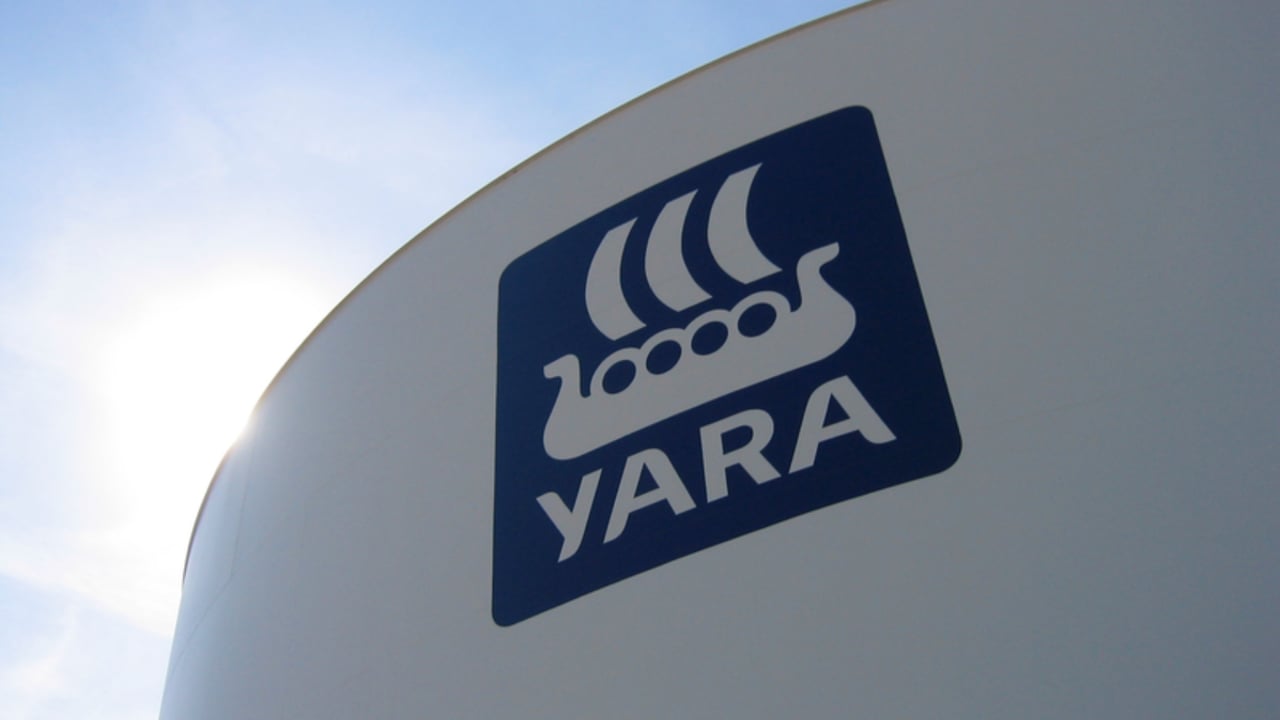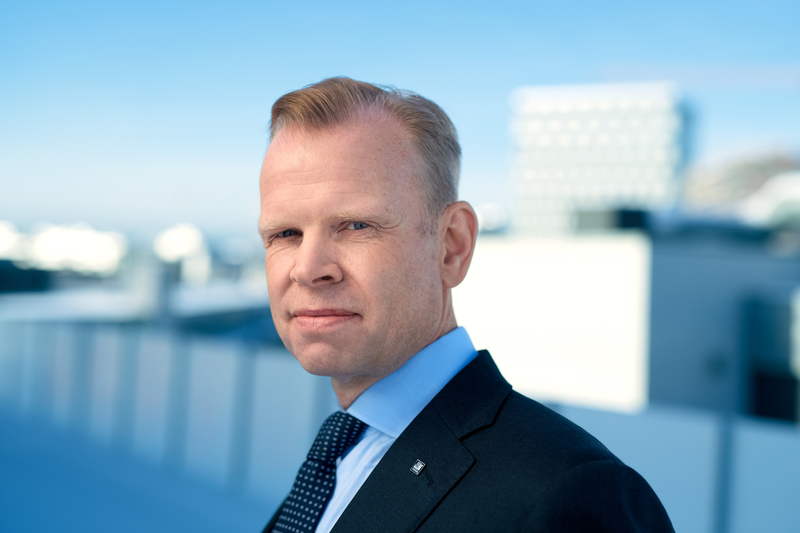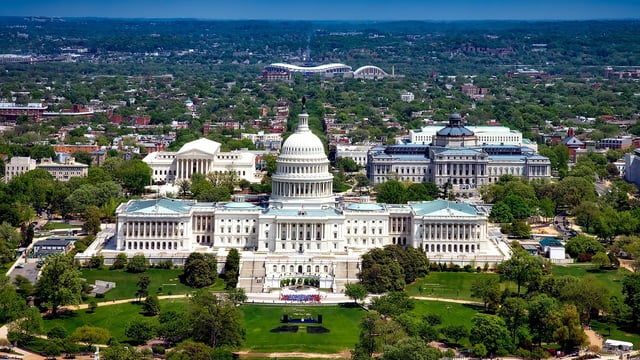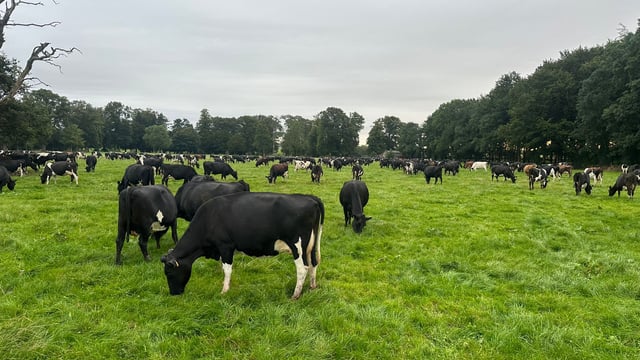Yara reports drop in revenue despite record production in 2024
Yara, one of the world’s biggest fertiliser manufacturers, has reported that revenue and other income stood at $13.9 billion in 2024, down from over $15.6 billion in the previous year.
The Norwegian company’s 2024 Integrated Report shows that operating income stood at $686 million, up from $392 million in 2023.
Yara's full year net income for 2024 was $15 million, 72% lower than the previous year's figure of $54 million.
The company said that a foreign currency translation loss, an impairment of $82 million and a pension buy-out in the Netherlands offset higher margins and higher deliveries.
"Last year was impacted by inventory write-downs and position losses, and a $168 million impairment of the Tertre plant in Belgium," it said.
Last year, Yara's earnings before interest, tax, depreciation, amortisation (EBITDA), excluding special items, was almost $2.05 billion, up 20% on the $1.7 billion recorded in 2023.
The company said this mainly reflected higher margins, higher deliveries and a positive mix effect on volumes, and last year being impacted by inventory write-downs and position losses.
Yara said that total deliveries were 3% higher when compared with 2023.
The company produced a record 8.1 million tonnes of ammonia, compared to 7.8 million tonnes in the previous year.
21.2 million tonnes of finished fertiliser was produced last year, up slightly on 2023.
This year's target is to product 8.6 million tonnes of ammonia and 22.5 million tonnes of finished fertiliser.
Europe’s 2024 EBITDA, excluding special items, was $277 million, up $180 million compared with 2023, mainly reflecting higher margins and higher deliveries.
Total deliveries were 14% higher compared with 2023, when Europe was significantly impacted by slow demand and curtailments.
In the Americas, the 2024 EBITDA, excluding special items was $655 million, 9% lower than in 2023, mainly reflecting lower upgrading margins and deliveries.
While in Africa and Asia EBITDA, excluding special items, was up 83% on the previous year to $343 million.
This was due to improved production reliability and higher margins, lower fixed costs, and last year being impacted by inventory write-downs.
Svein Tore Holsether, president and chief executive of Yara, said that "the past years have been a period of continuous and intersecting volatility and disruptions, testing our company’s resilience and adaptability".
"Our 2024 results highlighted our strengths, with record-high production of ammonia and finished products, and with a record-setting, industry leading low injury rate.
"In addition, we are on track to reach our greenhouse gas (GHG) emission intensity target for 2025, and the average payback period of our GHG emission intensity investments is three years," he said.
Holsether said that sustained high gas prices in Europe are also "negatively affecting energy-intensive industries like ours".
"These factors have contributed to recent returns being below satisfactory levels," he said.
Yara is currently reassessing its portfolio and cost structure "to ensure stronger financialresilience", while keeping its strategic direction - profitable decarbonisation and a strong foundation in ammonia and crop nutrition – unchanged.
Last year, Yara launched the fixed cost and capex (capital expenditure) reduction programme, with the aim to reduce fixed costs by $150 million and capex with $150 million by the end of 2025.
By the end of 2024, Yara had achieved $90 million of cost reductions.
Holsether also called for "ambitious leadership and collaboration" when it comes to driving the scale of low-carbon ammonia.
He said that policymakers must create stable and predictable market conditions, which are essential to accelerate progress.

